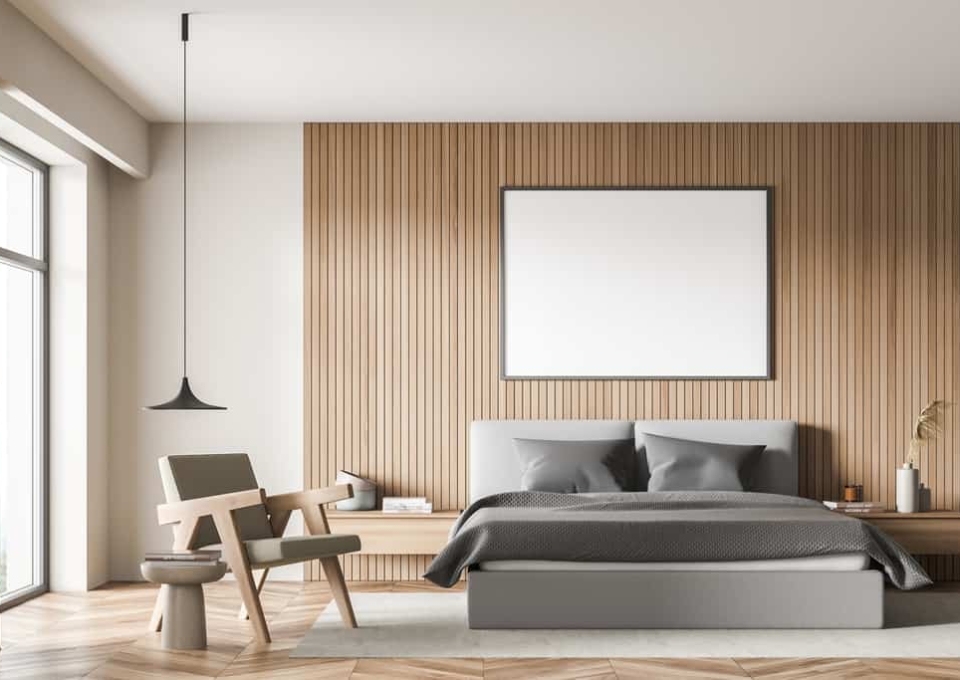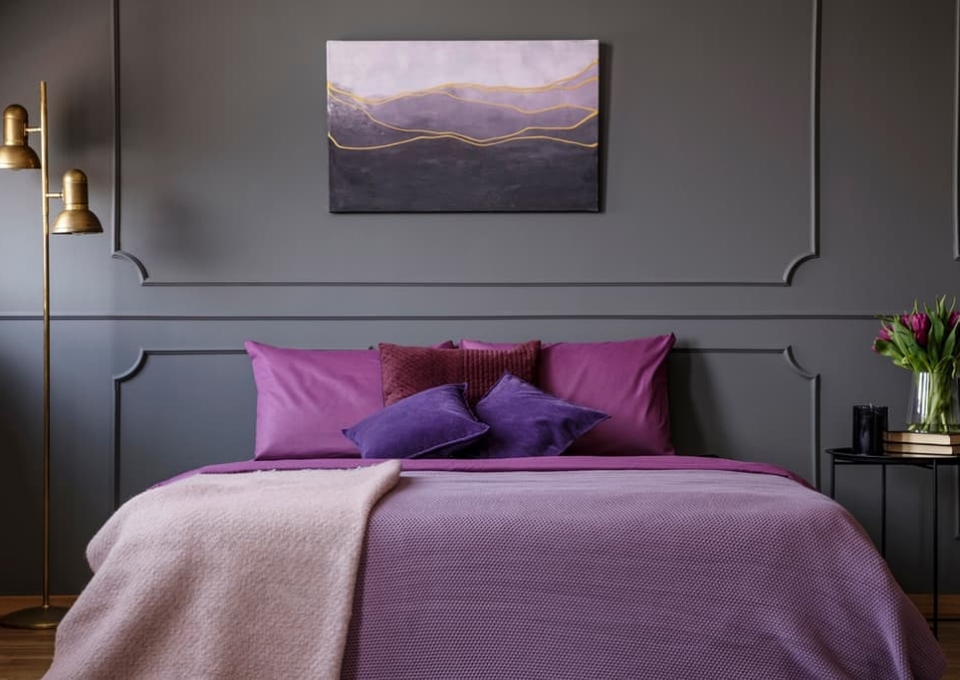Introduction to Accent Walls
Contents
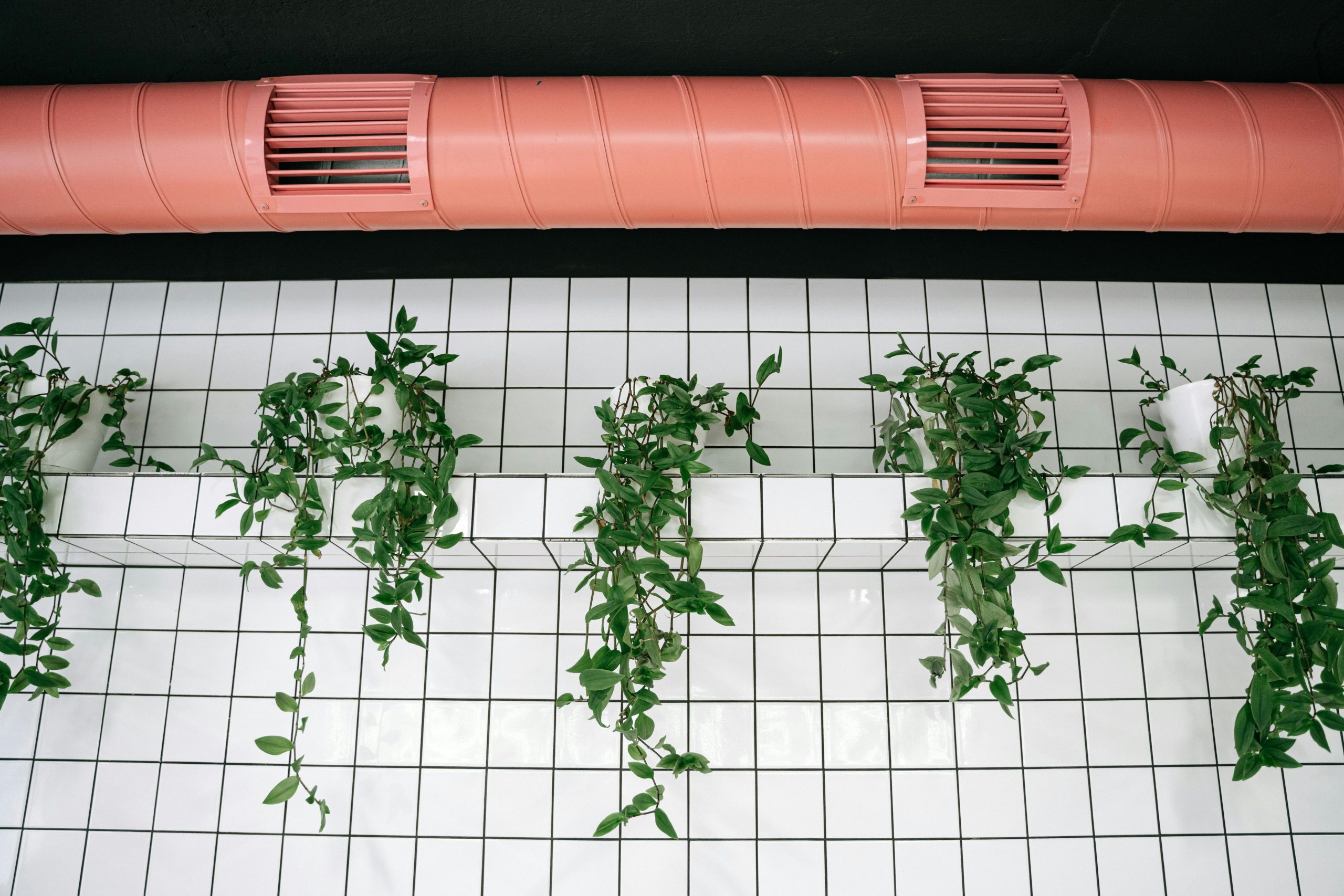
Definition and Purpose
An accent wall serves as a focal point in a room, distinguished by a contrasting color, texture, or material. This design choice adds visual interest and defines the space, guiding the viewer’s eye and highlighting key architectural features or artwork.
Brief History of Accent Walls in Interior Design
The concept of accent walls became popular in the mid-20th century as a way for homeowners and designers to add personality to living spaces without overwhelming them. Initially, bold paint colors were commonly used. Over time, the trend expanded to include dynamic textures and wallcoverings like wallpaper and stone, reflecting advancements in interior design.
Advantages of Accent Walls
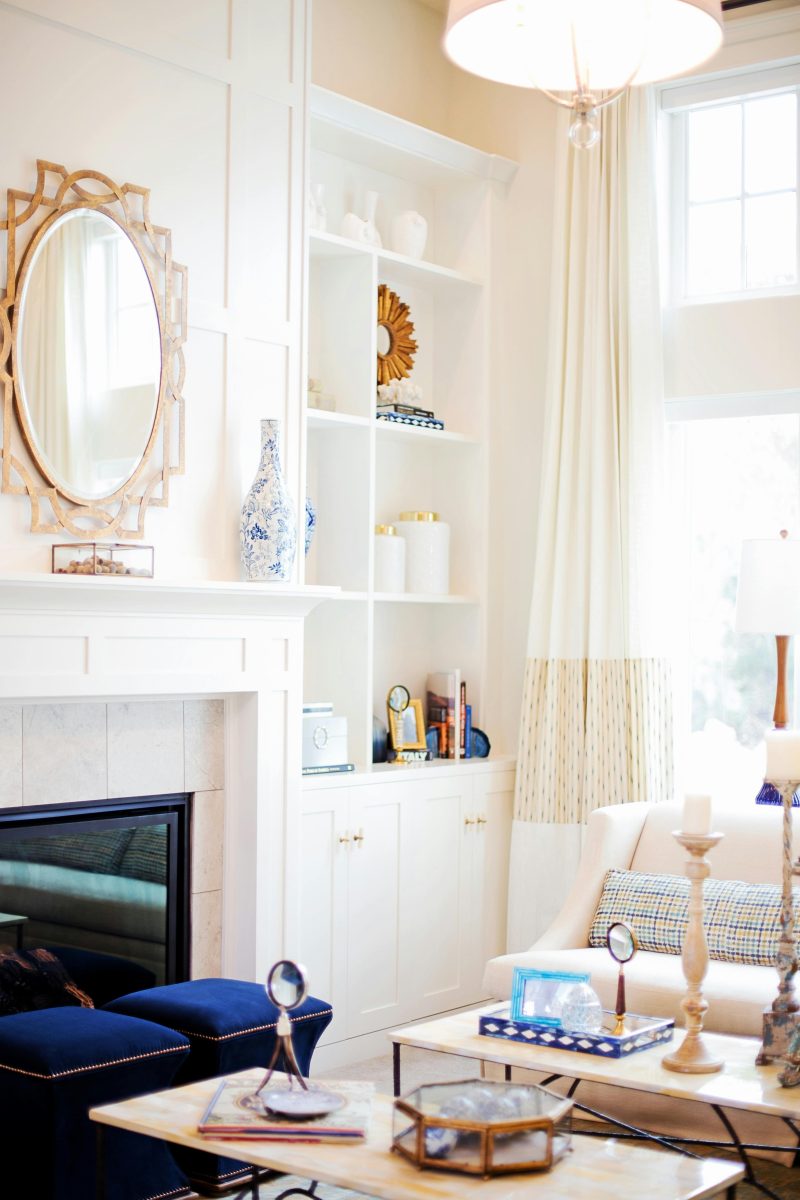
Visual Impact and Room Transformation
An accent wall can significantly change how a room looks, adding depth and an element of surprise. Choosing the right color or texture can turn a plain room into an impressive space, making it feel either larger or more intimate, based on your goals.
Personalization and Expression of Style
- Accent walls provide a platform for personal expression. Whether it’s a bold paint color, striking wallpaper, or elegant wood paneling, this design feature allows individuals to display their unique style and preferences.
- The ability to experiment with various materials and colors enables homeowners to create a space that truly reflects their personality.
Potential Increase in Property Value
Well-planned accent walls can boost a home’s visual appeal, potentially raising its market value. A properly executed accent wall can attract potential buyers and distinguish the property from others, making it a wise investment for those looking to sell.
Planning Your Accent Wall

Assessing the Space
Start by observing the room’s natural flow. Identify where your eyes naturally land; this spot often indicates the best location for your accent wall. Consider the existing elements and overall balance to ensure the accent wall complements the room’s layout and design.
Choosing the Right Wall
- Select a wall that naturally draws attention. Ideal choices include walls with features like fireplaces or large windows.
- Steer clear of walls with multiple doors or windows, as they can lessen the impact of your accent elements.
Considerations for Light and Space Dynamics
Light significantly influences how colors and textures are perceived. A wall with plenty of natural light can accommodate darker shades or more textured materials without making the space feel confined. On the other hand, a wall in a dimly lit area is ideal for lighter or more reflective materials to brighten the space. Always consider the interaction of light and shadow when choosing your accent wall, as it can greatly impact the wall’s effect.
Design Considerations Before Choosing Materials and Textures
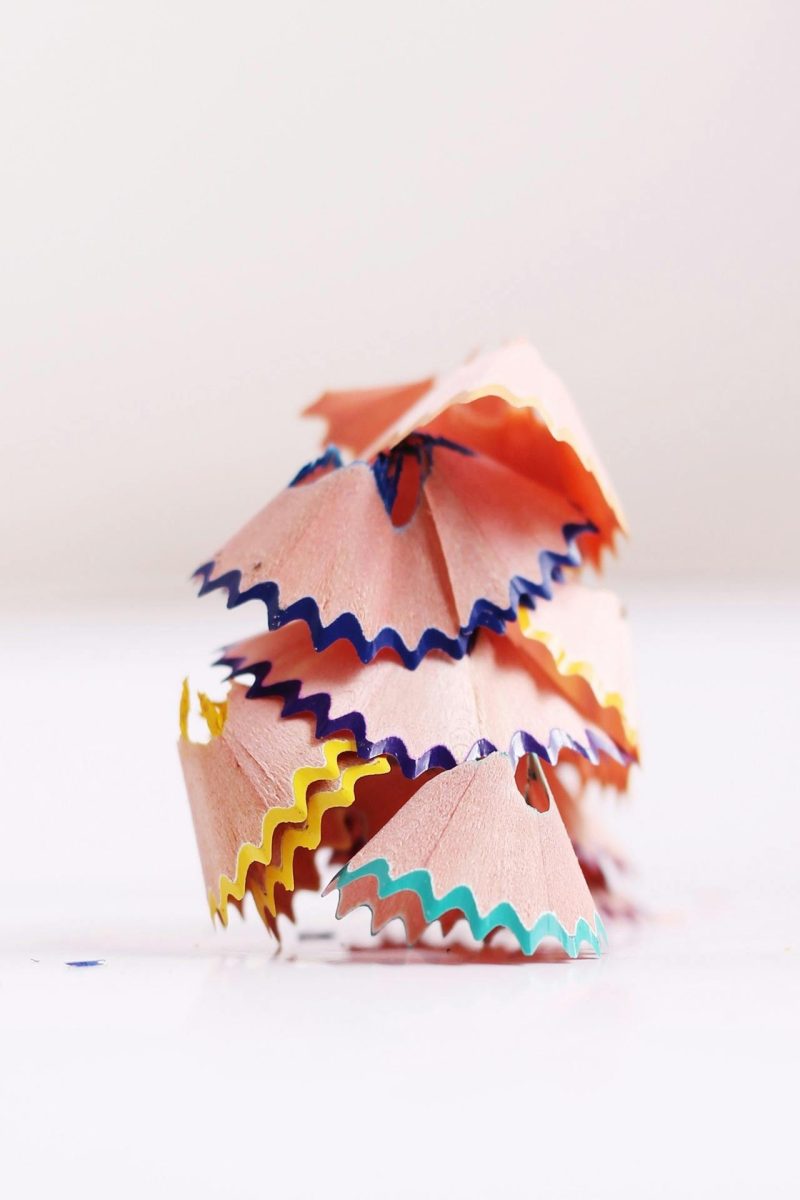
Color Theory and Room Atmosphere
Choosing the right colors for your accent wall is crucial. Colors reflect personal taste and influence a room’s mood. Warm tones create a cozy, inviting space, while cool colors introduce calm and serenity. Consider the psychological impact of color to achieve the desired ambiance.
Material Compatibility with Existing Decor
- Ensure the materials and textures of your accent wall match the current decor. Consistent design elements create a unified look.
- For example, a rustic wooden texture can complement a room with earthy tones and natural materials.
Maintenance and Longevity of Materials
Maintenance is a crucial factor to consider. Choose materials that are durable and easy to clean to ensure your accent wall remains impressive for years. High-quality paints or washable wallpapers, for instance, can retain their appeal with minimal maintenance, making them excellent choices for long-lasting impact.
Accent Wall Design Ideas
Incorporating Texture and Materials into Accent Wall Design
Enhance your space with an accent wall that features texture and materiality. Consider textured paint, which adds depth through its interaction with light and shadow. Reclaimed wood offers a rustic charm, while stone veneer brings an outdoor feel indoors. Wallpaper with embossed patterns and shimmering finishes can create visual interest.
Selecting the right texture or material should align with the room’s style and the atmosphere you want to achieve. For example, a bedroom wall covered in plush fabric can create a cozy and comfortable environment. A wooden accent wall adds warmth and sophistication.
Your accent wall should reflect your personality and style.
Accentuate with Purpose: The Art of the Accent Wall
Think of an accent wall as a focal point that transforms a room. Choose a wall that naturally draws attention, such as one with a fireplace or an interesting architectural feature. Ensure the accent wall enhances the room’s overall design.
Decorate this wall with intention. Mirrors can amplify light; artwork can introduce new visual interest; shelves can display your favorite items. Each element should contribute to the room’s cohesive look, with the accent wall as the centerpiece.

Expanding Horizons: Ceilings and Paneling as Accent Features
Look up and imagine a ceiling that stands out with bold colors or intriguing textures. A statement ceiling draws attention upward, adding depth and interest to your space. This design choice is especially impactful against simple, understated walls.
Accent paneling is another way to add character. Think of walls adorned with decorative panels or moldings. A wainscoted feature wall or an alcove with custom millwork can become the focal point of a room, sparking conversations and admiration.
Details matter. The right ceiling color or paneling can transform a room from ordinary to extraordinary.
Harmonizing Accent Walls with Your Room’s Decor
Think of an accent wall as the focal point of your room, with your decor complementing it. Choose a color that matches your furnishings, whether it’s a bold contrast or a subtle shade within your existing palette.
Position your furniture to highlight the accent wall, making it a striking backdrop that anchors your space. This arrangement can turn the wall into a visual centerpiece.
For patterns and textures, aim for balance. A detailed accent wall works well with solid-colored surroundings. Conversely, a simple wall pairs nicely with nearby patterned or textured decor.
Lighting can enhance your accent wall. Observe how natural and artificial light interact with the wall’s color and texture to boost its impact.
In Closing
Accent walls can significantly enhance a room’s aesthetics and functionality. They offer a chance for creative expression through various materials and colors. By thoughtfully selecting and designing an accent wall, homeowners can change the room’s ambiance and practical use. These walls not only improve the immediate space but can also increase the property’s value, making them a smart investment.

